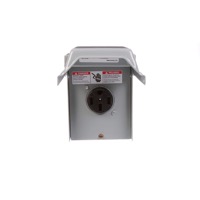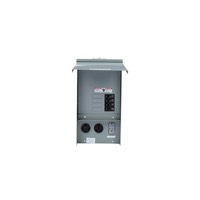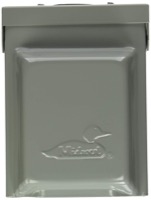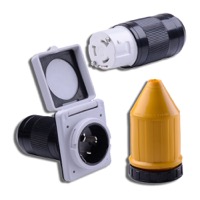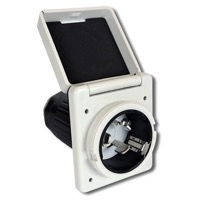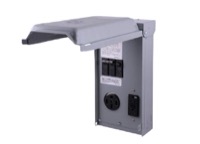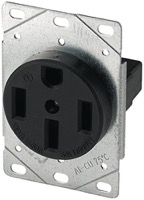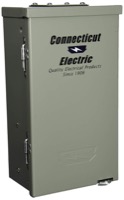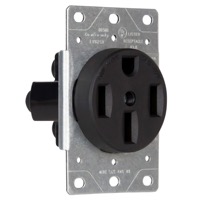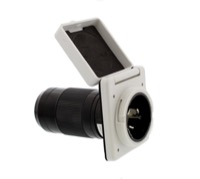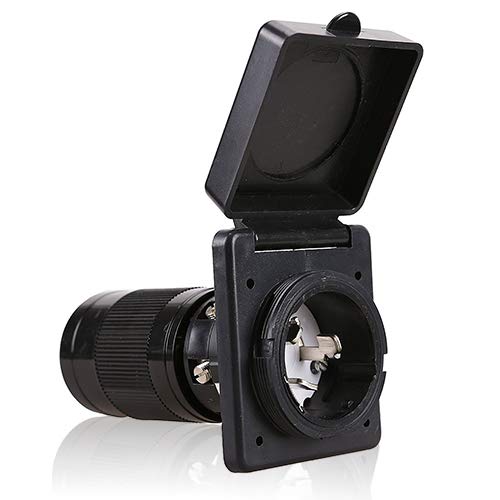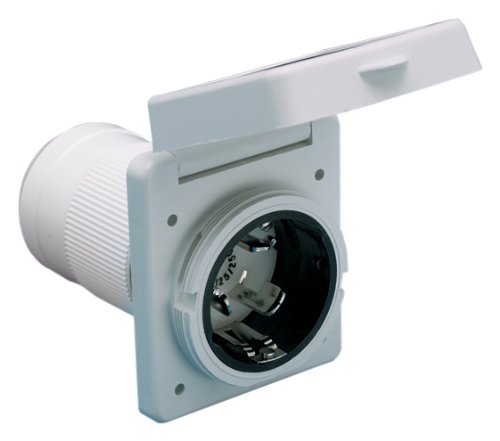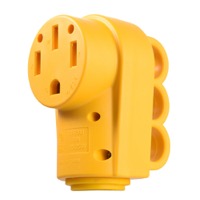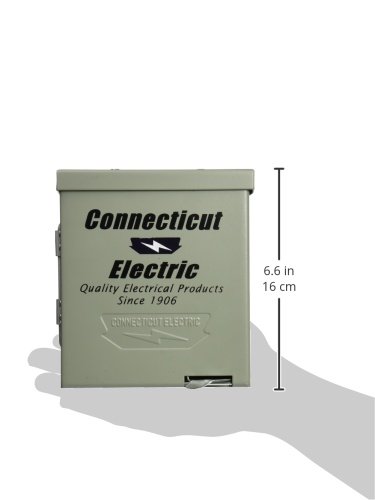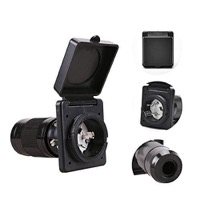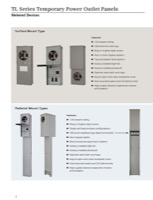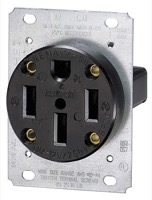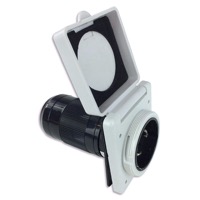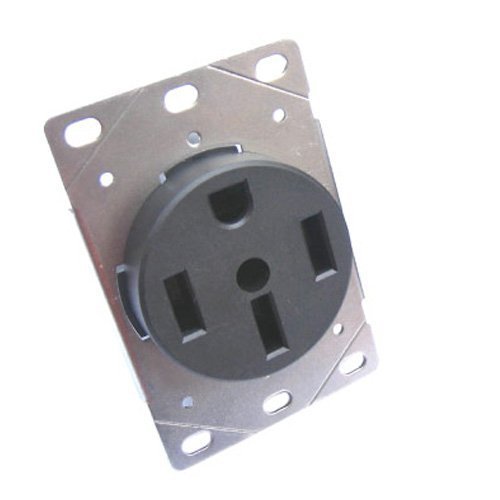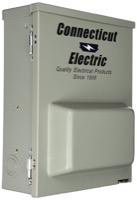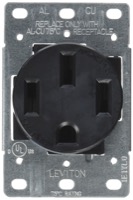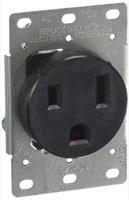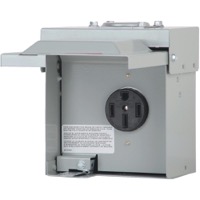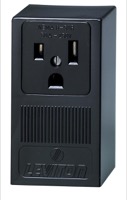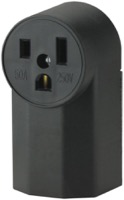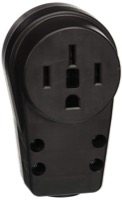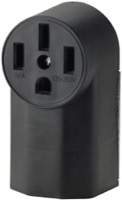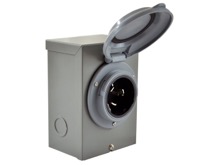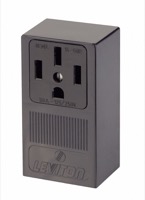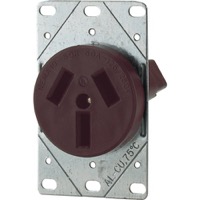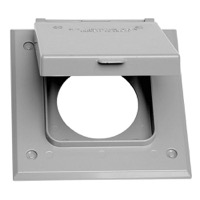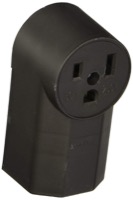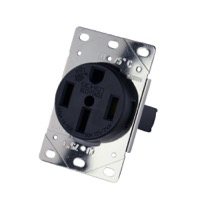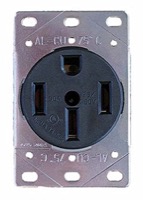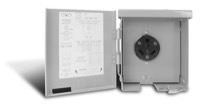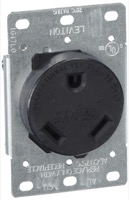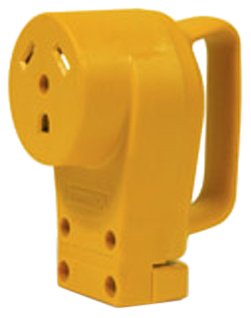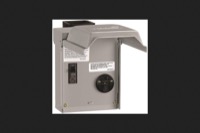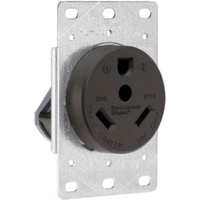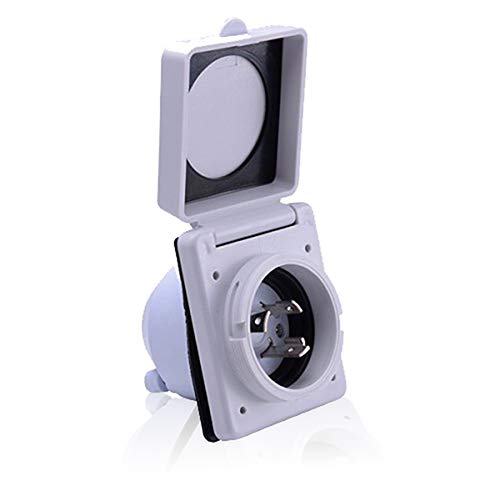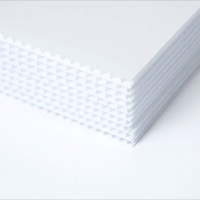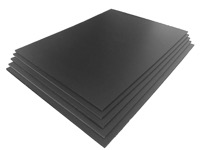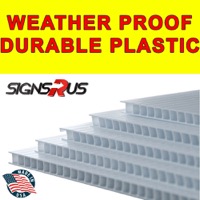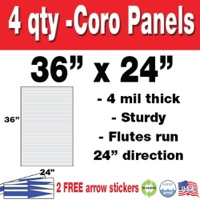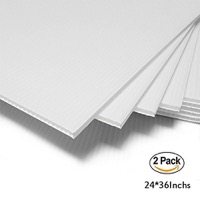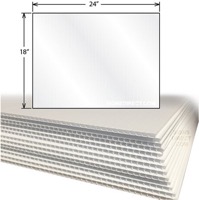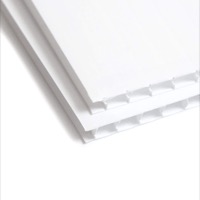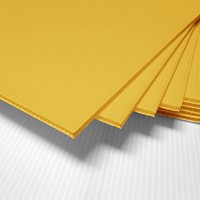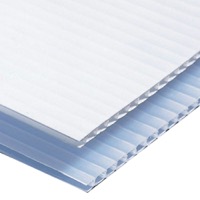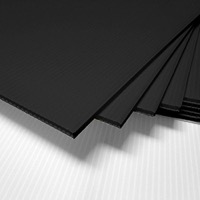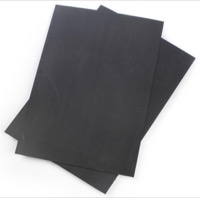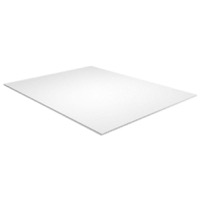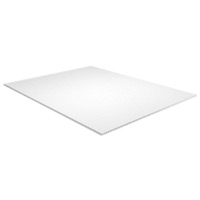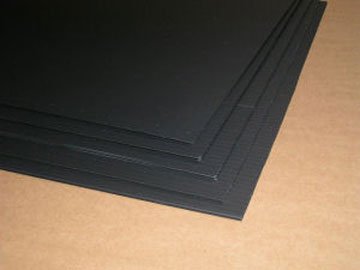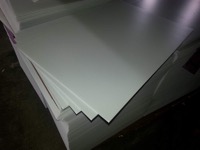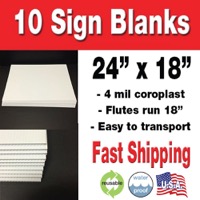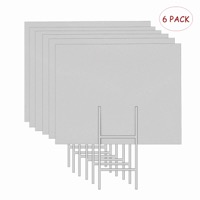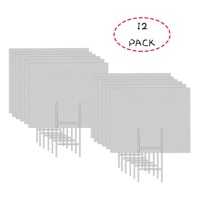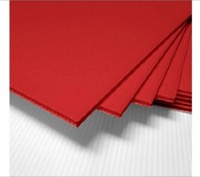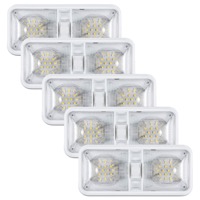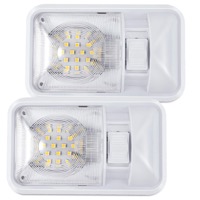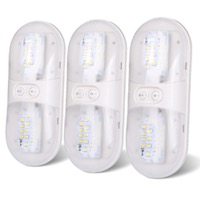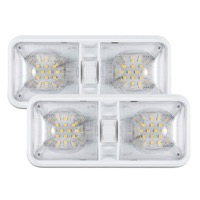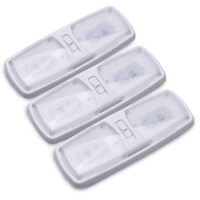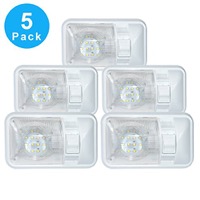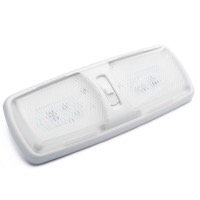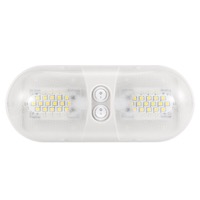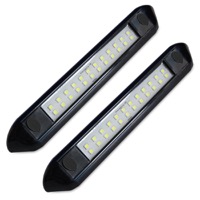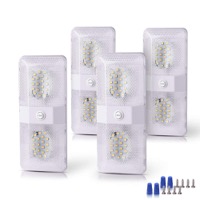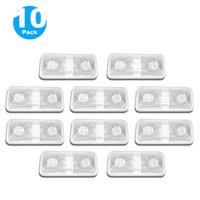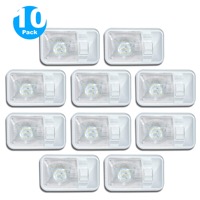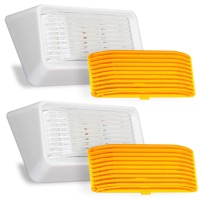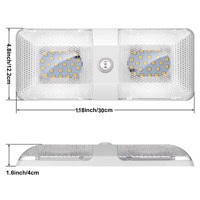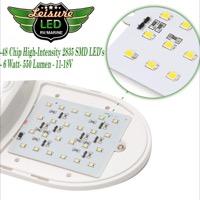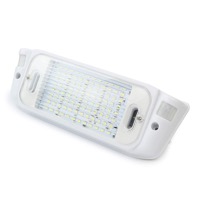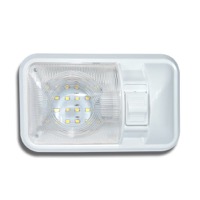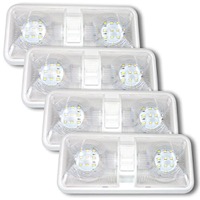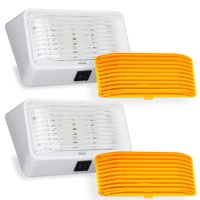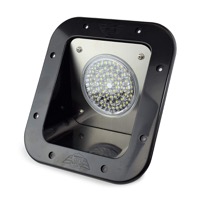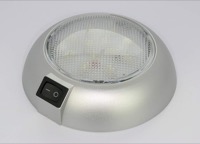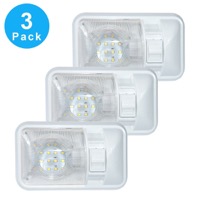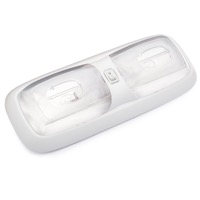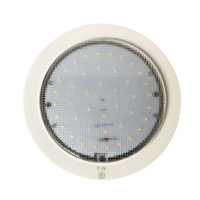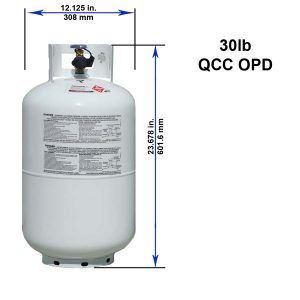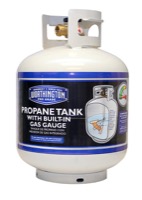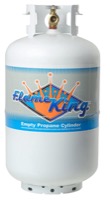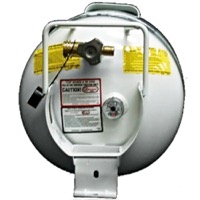
Have you ever wondered – “What is a Travel Trailer RV?”. Maybe this easy article will help you get a better idea.
What is a Travel Trailer and what are its basic features
Many people new to the ideas of an RV might not know what the basic features of a travel trailer might be. I wrote an earlier article which provides an overview of the different types of RV’s. That gives you an idea of what the different types are, but it doesn’t give any detail on what your expectations should be for how each type of RV is equipped.
The features I’ll list you can expect to be in MOST RV’s, but honestly, there are so many variations and so many manufacturers trying to differentiate themselves that there will always be exceptions. But you can use this as a great starting place.
What is a Travel Trailer RV – Differentiating Feature(s) List :
- Bumper Hitch Tow – this is a key identifier for travel trailers and it answers the question “What is a Travel Trailer?”. The very word means “bumper tow”. Make sure you see my types of RV page so you can see the difference.
Basic Features List for a Travel Trailer
- Double Axle – Not a GIVEN, but most travel trailers have 4 wheels which means double axles. Why this is important to you is that you’ll need to replace the tires every 3-5 years regardless how how much you drive. Also, extra capacity for the travel trailer is nice – otherwise is is WAY too easy to go over the vehicles gross towing capacity.
- Air Conditioner – come in many sizes. Usually the AC is a rooftop unit. There is usually some modest ductwork that will distribute the air throughout the RV if the unit has any appreciable length. Only the very smallest RV’s ( like popups – see this small RV video gallery ) won’t have an air conditioner.
- Furnace – Most RV’s have a furnace operated with LP gas. LP gas is a very economic form of energy and very portable so it is used widely on RV’s. However, that is why you need LP gas detectors to help maintain safety. I have anosmis which means that I cannot smell a gas leak – the detector is life safety critical for me!
- Hot Water Heater – For hot water for cooking and showering. Usually very small – as small as 6 gallons. These can run off of LP gas, and electric (AC) as a backup to the gas. These typically do not have pilot lights, but an electronically created spark which lights the LP gas.
- Refrigerator – All but the smallest RV’s have a refrigerator. These refrigerators can be very fancy, running off of AC and then LP gas backup. They are small usually, starting as small as 4 or 6 cubic feet.
- Microwave – Most are AC operated, but have not checked widely to see if you can use DC with any RV. A microwave is very nice to have and you should expect it on most RV’s.
- Cooking Range – A cooking range, usually a smaller 2 or 3 burner unit. The range is operated off of LP gas. It typically won’t have a pilot light but instead a spark ignition.
- Oven – Usually attached to the range. Very small. You won’t be doing a turkey in one anytime soon. About 2x the size of a toaster oven. We have to light ours with a candle lighter every time we want to use it. Honestly, we use the toaster oven more often than we use the gas range.
- Kitchen Sink – More often than not, you will have a kitchen sink in your RV. The sink drains into the grey water tank. It will have cold and hot running water.
- Bathroom Sink – Most have a small bathroom sink. This drains into the gray water tank. This sink will have cold and hot running water.
- Shower – Usually equipped with a shower some even have a small bathtub. If possible, make sure your shower is a one piece design or you’ll battle water leaks often. Most have a flexible shower head attached to a hose. It is a convenient arrangement. I actually wrote a short article on showering in an RV. You could also think of the article as a concept for showering for the environment too as using very little water is the key theme.
- Bathroom Exhaust Fan – Usually a vent in which you have to manually open it and a small electric switch on a tiny fan. I’m 99% sure it is operated off of the 12 volt system.
- AC to DC converter electrical system – RV’s do take in 120V AC and use the 120 V AC but they also convert much to DC since electronic igniters for hot water, stoves, refrigerator, slide-outs, and lighting all run off of DC power. So there is a system which converts the AC to DC and stores it in one or more batteries. The strength and longevity of your DC system is based on the battery not on the strength of the AC power. Want to last longer on DC only, get more batteries.
- LP Gas System – Typically on travel trailers, you’ll have two 7 gallon LP gas tanks. They are bigger than the normal 5 gallon LP gas tanks you’ll see on your normal gas grill. But the LP gas runs the hot water heater, refrigerator (sometimes), the gas range, the gas oven, and the furnace. Sometimes you can run a generator, but people say gasoline is far more convenient for the generator.
- Storage – Most RV’s have a little storage. Expect a small amount accessible from the outside, sometimes inside-outside simultaneously accessible and then a small closet in the bathroom and in the bedroom. Of course in the kitchen area there will be some cabinet space.
- Electric Braking system – Expect all RV’s to be able to apply braking, not awesome brakes, but some braking which is to be used in conjunction with the tow vehicle. The electronic brakes are activated via the cable used when hitching the trailer to the tow vehicle and the battery on the trailer is used to apply the braking energy. This is so that if the trailer comes loose from the tow vehicle the RV will apply the brakes until the battery is ran down.
- Front Jack – All travel trailers have a front jack to lift the unit off of the bumper AND to level the unit front to back.
- Battery – All travel trailers have a battery.
- Toilet – All travel trailers – unless they are SUPER small – have a small toilet which drains directly into a holding tank, which is called the black water tank.
- Black Water Tank – If a travel trailer has a toilet, it has a black water tank.
- Gray Water Tank – If a travel trailer has a sink or shower, it has a gray water tank.
- Fresh Water Tank – Most travel trailers have the ability to store some fresh water so you can camp without being connected to city water.
- Tank Level Sensors – You’ll typically have a set of sensors that tell you how full the black, grey, and fresh water tanks are. It will also have the battery level too generally. The sensors almost never work well.
- LCD TV – Most RV manufacturers have an LCD TV included with the RV. Ours had two included and mounts for 2 more (total 4). Typically they will be from a Chinese manufacturer that you have never ever heard of.
- TV Antenna – controllable from inside the RV. Folds down for travel, unfolds to get TV. You can control its direction in 360 degrees.
- Audio/Visual System – Many RV’s have speakers in the ceiling (ours has a surround sound), speakers sometimes outside, and speakers in the bedroom. They’ll usually have an audio system to drive them. Ours has a WEAK notion that TV’s can hook to this too, but RV manufacturers are getting better at this all the time.
- Sleeping Arrangements for at least one – usually a queen bed. However, in some of the smaller RV’s used for hunting trips, the bed folds up to create space so it isn’t a permanent fixture like MOST RV’s of a decent size.
- Awning – Most RV’s have an awning. These effectively increase the square footage of the RV, provide a neat outdoor area and are really nice to have. Some are manually extendable – tricky the first time – and some are electrically extendable.
- LP Gas Sensor – LP gas is odorless so a sensor is a good idea. The odorant should help you, but I do not have a sense of smell so this is a critical device.
- Carbon Monoxide Detector – because of burning LP gas it is good to make sure you have one of these too.
- Smoke Detector – Good idea.
- Outdoor Porch Light – Usually there is an outside light – ours has a bunch.
- Safety escape windows – Most RV’s have windows where you can escape just in case there is a fire. In some regards, RV’s are safer than wood frame houses because most houses don’t have these types of windows.
- Stabilizer Jacks – These are jacks in the corners of the RV which you tighten to reduce bouncing when you move inside the RV. RV makers make a bigger fuss over them as features than they should be, but they are needed.
Optional Features List :
Many of these features you could list on any RV, but there are many, many very high-end features that will show up on fifth wheels and Class A Motorhomes that you will simply not see here. Some RV manufacturer’s will list some lame features like “toilet paper holder” and I wrote an article on that previously.
- Electric Front Jack – A nice feature, one you may or may not use often depending upon how often you stop and unhitch or get up and move.
- Toy Hauler Garage – I’m listing this here because if you use part of the RV as a garage, it becomes a toy hauler. Toy haulers have a fantastic carrying capacity – so there is much more done to beef up their capacity. Since those are the only two big differences, I’m only going to list the garage as an option. A bit disingenuous, I know, but maybe someday I’ll make a toy hauler features article.
- Fireplace – We like ours a great deal and wrote an article about RV fireplaces.
- Blank Tank Rinse – Anything to help make the black tank easier to manage is a good thing. This beats sticking something down the toilet to perform the rinse.
- Up to 4 slide-outs – These are MAJOR design features and key ways to differentiate RV’s. Slide-outs add major room and and weight. So knowing the number of slides will tell you a great deal about the weight, square footage, and roominess of the RV.
- Satellite Antenna – Put the Dish into the roof for automatic satellite management.
- Central Vacuum System – A system where you only have a hose and connect it to outlets on the RV. Ours has one. I think it is cool, but Sheri doesn’t. We ended up buying a small vacuum.
- Outdoor Kitchen – Another major differentiator for RV’s. This allows you to cook and grill outside where you keep the RV itself cooler and also when cooking you get to be outside where it is nice.
- Bunkhouse – Another key differentiator in RV’s. This allows you to have more people with you. Bunkhouses can be made like bunks in the navy where they are just sleeping areas and really would be hard to live in them. Some RV’s have bunkhouses that are big enough for small bedrooms for children. Ours is like that.
- Bike Rack on Rear Bumper – Storing bikes is tough. This is a good idea.
- Double Pane Windows – RV’s can get darned hot in the summer. These double pane windows can help a little bit.
- Tinted Windows – Another thing you can add to cut down on the heat in the RV. These also make the unit much, much darker so if camping and brightly lit RV is your thing, I might counsel against tinted windows.
- Fantastic Fan or Super Fan – These are stellar ventilation fans that can keep the indoor temperature within 2-4 degrees of the outside air and it can do it very quickly. I wrote an article about the super fan recently.
- Second Air Conditioner – For really large RV’s a second air conditioner is really needed. You’ll have to have 50 amp service if you have the second AC.
- Second door in/out of the RV – I don’t have much to say about this. Both of our RV’s have second doors and we never used it much. I don’t have a strong opinion on this.
- Second bathroom – probably not worth the trouble. See my article on the value of the 2nd bathroom in an RV.
Amazon listings for travel trailer basics:
Ebay Listings for Travel Trailer RVs for Sale
New and Used -- Search Terms --> rv - Travel Trailer <--- for sale on eBay : LIVE UPDATED LISTINGS!!!
(Search excludes auctions and classified listings - only fixed price shown. This is a very exclusive search and may show some really odd results as we attempt to do a wider search to try to match the keywords)


























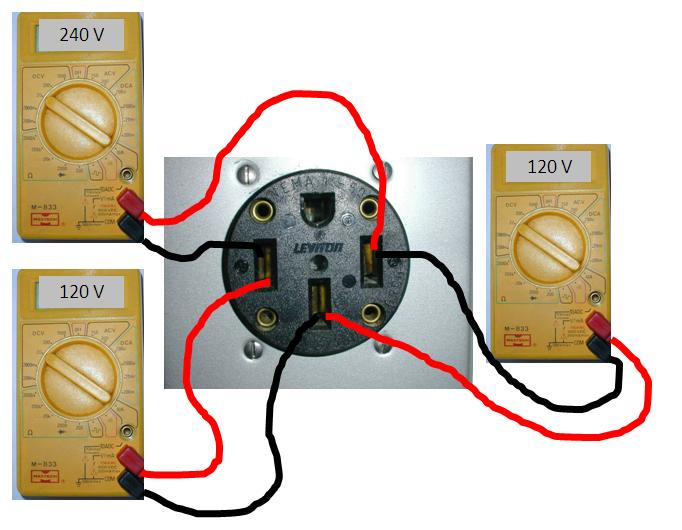
 24/7 Help
24/7 Help